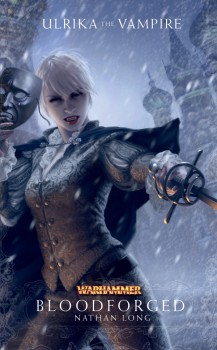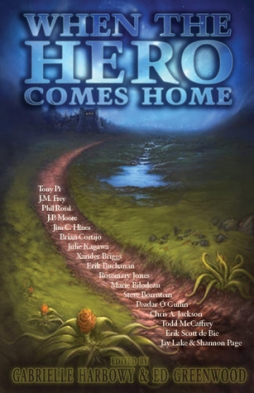Mark Rigney Reviews Ivy and the Meanstalk
 Ivy and the Meanstalk
Ivy and the Meanstalk
Dawn Lairamore
Holiday House (227 pages, Hardcover, $16.95)
Reviewed by Mark Rigney
Franchises in young adult and children’s fiction are nothing new. The Hardy Boys and Nancy Drew are only the tip of the iceberg. Among others, E. Nesbitt, Enid Blyton and Edward Eager clearly understood the value of bringing favorite characters back for sloppy seconds (and more), as did authors as diverse as Arthur Ransome (Swallows and Amazons), Gertrude Chandler Warner (The Boxcar Children) and L. Frank Baum (the Oz books). More recent examples come from Susan Cooper, J.K. Rowling, Suzanne Collins and now, Dawn Lairamore, who revives plucky heroine Princess Ivy for another swift tween adventure in Ivy and the Meanstalk.
Lairamore’s first outing was Ivy’s Ever After, in which Ivy made life-long friends with Elridge, the sensitive, almost effete dragon assigned to guard Ivy’s tower prison. In this latest outing, Ivy’s loopy fairy godmother, Drusilla, nearly destroys Ivy’s entire kingdom through the thoughtlessness of having once given Jack (yes, that Jack) a handful of magic beans. The beans grew a beanstalk (yes, that beanstalk) and Jack stole all that great loot from the giant, including the singing harp, which (as luck would have it) was the only thing that could put the giant’s widow (here named Largessa) to sleep. Ivy and the Meanstalk opens over a thousand years later and Largessa is suffering from a mean case of sleep deprivation. Unless Ivy can get Jack’s harp back and use it to lull Largessa into dreamland, the giantess will pepper Ivy’s peaceful kingdom of Ardendale with giant boulders until every farm and castle is smashed flat.
Riding on Elridge’s back, Ivy and trusty stable-boy Owen set off for Jackopia, where Jack’s descendants live in pomp, circumstance and unbelievable wealth thanks to an endless supply of golden eggs. Surprise, surprise, Jackopia’s king is predictably unwilling to give up his honey-tongued harp.
 The Burning Soul
The Burning Soul
 The Winds of Khalakovo
The Winds of Khalakovo
 Disclaimer: This article will reference some scenes from The Avengers film. While I’ve tried to avoid specific spoilers about major twists, there are some things that give away plot elements and twists from the other Marvel Comics movies, such as Thor.
Disclaimer: This article will reference some scenes from The Avengers film. While I’ve tried to avoid specific spoilers about major twists, there are some things that give away plot elements and twists from the other Marvel Comics movies, such as Thor. Grave Dance
Grave Dance Dear Black Gate readers,
Dear Black Gate readers,
 When the Hero Comes Home is an anthology from Dragon Moon Press co-edited by Garbielle Harbowy and Ed Greenwood. It’s a surprisingly thin book, given that it holds nineten stories by twenty writers (including two Black Gate contributors, Peadar Ó Guilín and Jay Lake, in collaboration with Shannon Page). Its theme is exactly what it says: the homecoming. The point where the story usually ends. I have some reservations about how the book turned out, but the idea’s intriguing: what do you find when you make it back to where you began? Has the place changed, or have you?
When the Hero Comes Home is an anthology from Dragon Moon Press co-edited by Garbielle Harbowy and Ed Greenwood. It’s a surprisingly thin book, given that it holds nineten stories by twenty writers (including two Black Gate contributors, Peadar Ó Guilín and Jay Lake, in collaboration with Shannon Page). Its theme is exactly what it says: the homecoming. The point where the story usually ends. I have some reservations about how the book turned out, but the idea’s intriguing: what do you find when you make it back to where you began? Has the place changed, or have you?